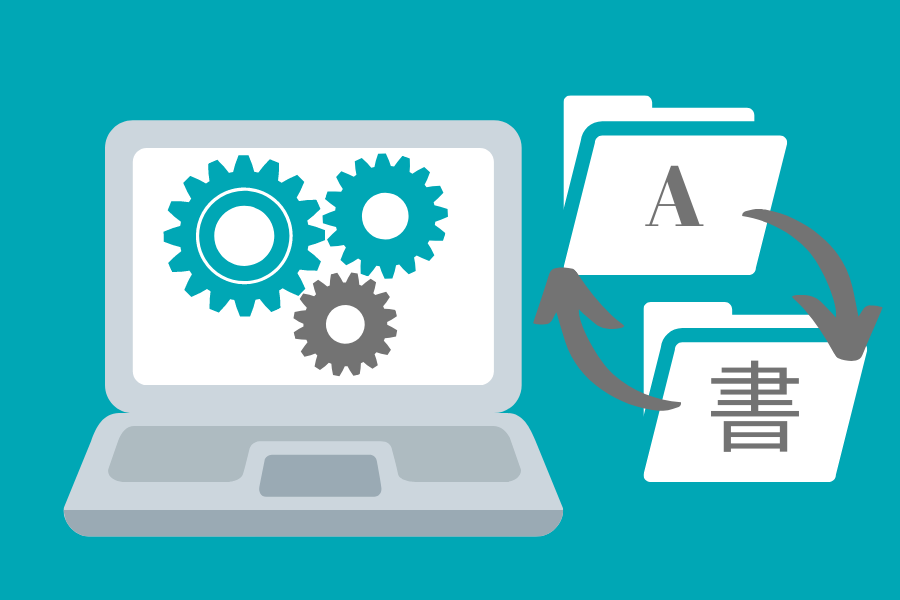
Why Human Translation Prevails: The Irreplaceable Value of the Human Touch in Translation
Machine translation (MT) has become increasingly popular in the age of technological growth. But why is human translation still the best option in terms of accuracy, cultural adaptation, and linguistic proficiency? Some of the reasons will be discussed in this article.
 Contextual Understanding and Cultural Adaptation
Contextual Understanding and Cultural Adaptation
Human translators have the ability to understand the contextual nuances of a text, taking into account the intended meaning, cultural references, and cultural sensitivity. They can modify translations to better serve their intended audience and ensure that cultural quirks are appropriately communicated. Machine translation frequently misses cultural nuances and has a hard time adjusting its translation to the needs of the situation.
Linguistic Proficiency and Natural Language Fluency
The translations produced by human translators benefit from their linguistic expertise and familiarity in the target language. They are adept at navigating complex grammatical structures, idiomatic expressions, and everyday language, ensuring that subtitles read naturally and fluently. On the other hand, literal translations produced by machine translation can lack the subtlety and flow of human translation.
 Areas of Expertise and Specialization
Areas of Expertise and Specialization
Human translators have the ability to specialize in a wide range of subjects, developing in-depth understanding of terminology used in particular industries and subject matter expertise. They can give accurate and precise translations in specific fields like legal, medical, or technical translations because of their particular knowledge in these fields. Machine translation might produce incorrect or illogical translations due to its difficulty with sophisticated vocabulary in specialized fields.
Quality Assurance and Human Supervision
To guarantee accuracy, consistency, and high standards of translation, human translators use quality assurance and proofreading procedures. They are able to find mistakes, contradictions, and omissions that an engine would miss. Through numerous revisions and iterations, human translators can polish their translations, ensuring a perfect result. The human monitoring and focus on detail required to achieve the best translation are lacking in machine translation.
Contextual Decision Making and Interpretation
Translation often requires context-based decision making and interpretation. Human translators are better able to examine confusing texts, shed light on doubts through study, and make wise choices based on their knowledge of the target language and culture. They can decide on the suitable equivalent, form opinions, and make sure the translated material maintains the original meaning. Machine translation is unable to interpret context, which raises the possibility of errors or misinterpretations.
The intelligence, cultural awareness, and linguistic expertise that human translators bring to the table can't be matched by machine translation, despite the fact that it has made great progress in terms of speed and accessibility. Human translation is particularly adept at preserving contextual nuance, accommodating cultural norms, and providing precise and acceptable translations. We ensure that translation connects with target audiences, crosses cultural divides, and promotes efficient communication in our multiethnic, global society by prioritizing the human touch in translation.